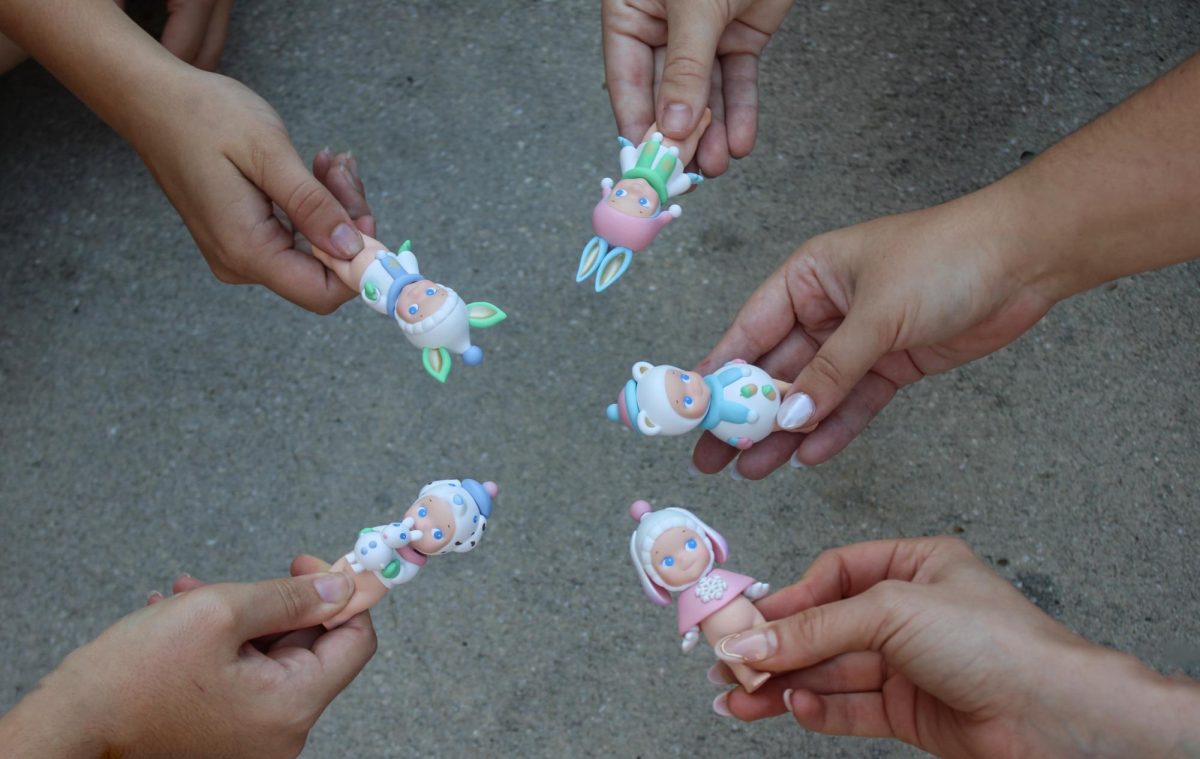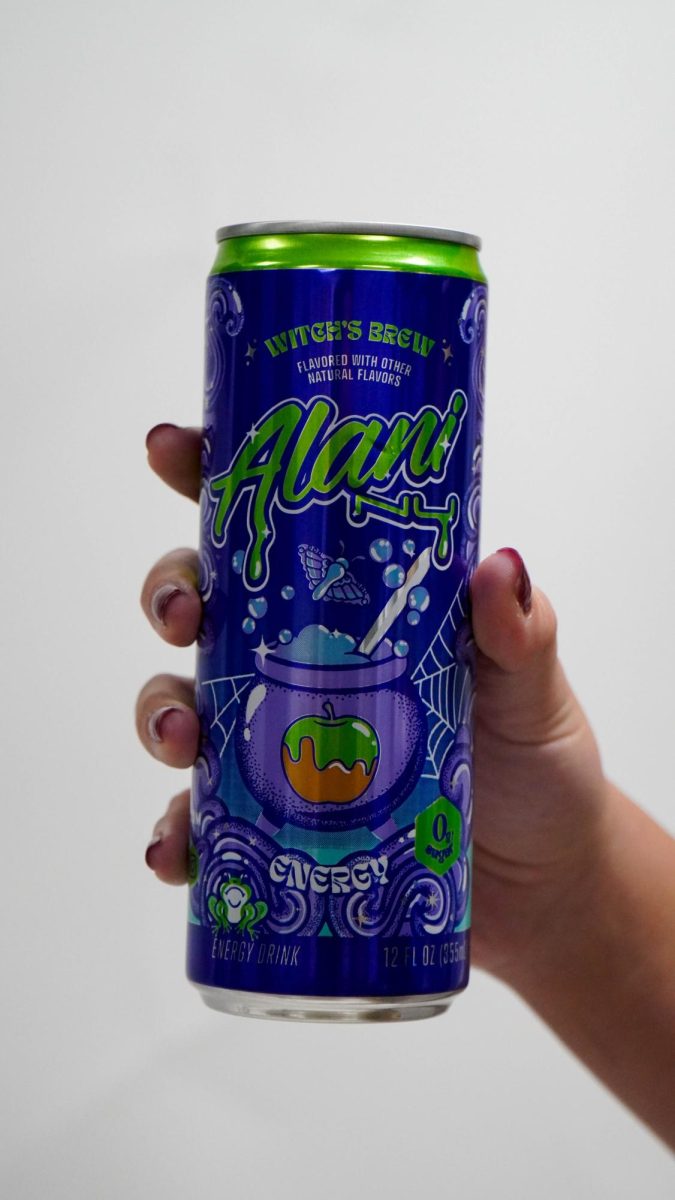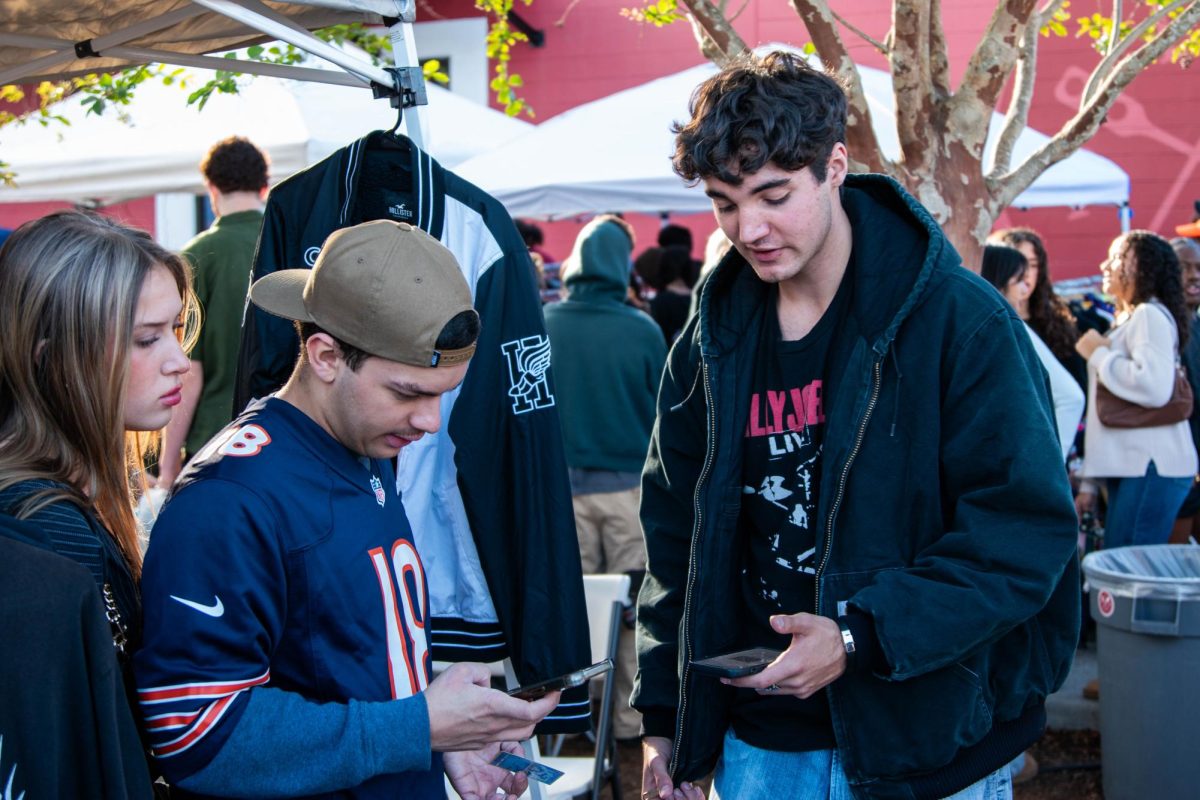“He may bring you ‘more’ happiness!!” The 3-inch cherub Sonny Angel’s promise of joy has sparked a global craze. These tiny, collectible figurines, with their signature angel wings and whimsical hats, have captivated collectors worldwide, offering not only happiness but also an avenue of nostalgia, creativity and even a sense of community. The 5-word promise has grown into more than a slogan—it reflects the emotional connection many people feel toward these little angels.
Created in Japan in 2004, Sonny Angels were initially marketed as a collectible toy for children, but their appeal quickly spread across age groups. These dolls, often adorned with hats shaped like animals, vegetables or seasonal themes, have found a special place in the hearts of collectors who value their charm and exclusivity. The uniqueness of each series, coupled with their mystery-box packaging, adds an element of surprise that has fueled a robust collecting culture.
“I think their appeal comes from the variety,” senior and Sonny Angel collector Cassidy Cruzada said. “There are so many different kinds, like ocean or food-themed; there’s something for everyone.”
In recent years, Sonny Angels have blown up on social media platforms like TikTok and Instagram. Videos of fans unboxing new collections or hunting for rare editions have racked up millions of views. Part of the allure is the tiny, joyful discovery that comes with every new figure.
“When I watch TikToks of people finding their dream Sonny Angels, I feel happy for them; it makes me want to buy more.” freshman and Sonny Angel fan Sam Sickler said.
The fandom surrounding Sonny Angels has become so widespread that it has its niche content, from “hunting” for rare dolls to crafting personalized displays to creating clothing and accessories for each cherub. The figures are no longer just collectibles—they are cultural icons.
The “hunt” for rare editions has become almost competitive, and prices for these tiny figurines can soar, with some rare ones selling for over a hundred dollars.
“I’ve seen rare Sonny Angels go for a hundred dollars, and I’m like, ‘Wow, people are ambitious!’” Sickler said, “They’re cute, but are they really worth that much?”
This collecting culture taps into something deeper than the dolls’ physical appearance. The community celebrates individuality, as each collector can curate a collection that reflects their unique tastes and personality.
“It helps build an aesthetic. You see one of them, and the colors and design help you understand what you like,” Sickler said. “It’s a way to express your individuality through your collection.”
At Trinity, Sonny Angels have made their mark both literally and figuratively. The little cherubs have found homes on water bottles as stickers, and they often perch on phones or laptops, providing a splash of color and personality. Students keep these figures close, offering moral support and a reminder of comfort amid academic stress.
“You can find Sonny Angels a lot now, with the collabs and hippers [Sonny Angel dolls with adhesive patches that stick to various surfaces] especially,” said Cruzada, “It really helps expand their appeal.”
The Sonny Angel craze at Trinity speaks to a broader cultural movement where collectibles serve as symbols of personal expression. Collecting Sonny Angels is not about the figures themselves but the community that surrounds them. Beyond being trendy, these tiny cherubs offer a sense of connection and creativity. Each Angel tells a unique story, reflecting the individuality of the person who owns it. They are not just a decoration—they are a fun, whimsical way to brighten daily routines and share in a collective hobby that is both nostalgic and modern, making these little figures a cherished part of student life.
























